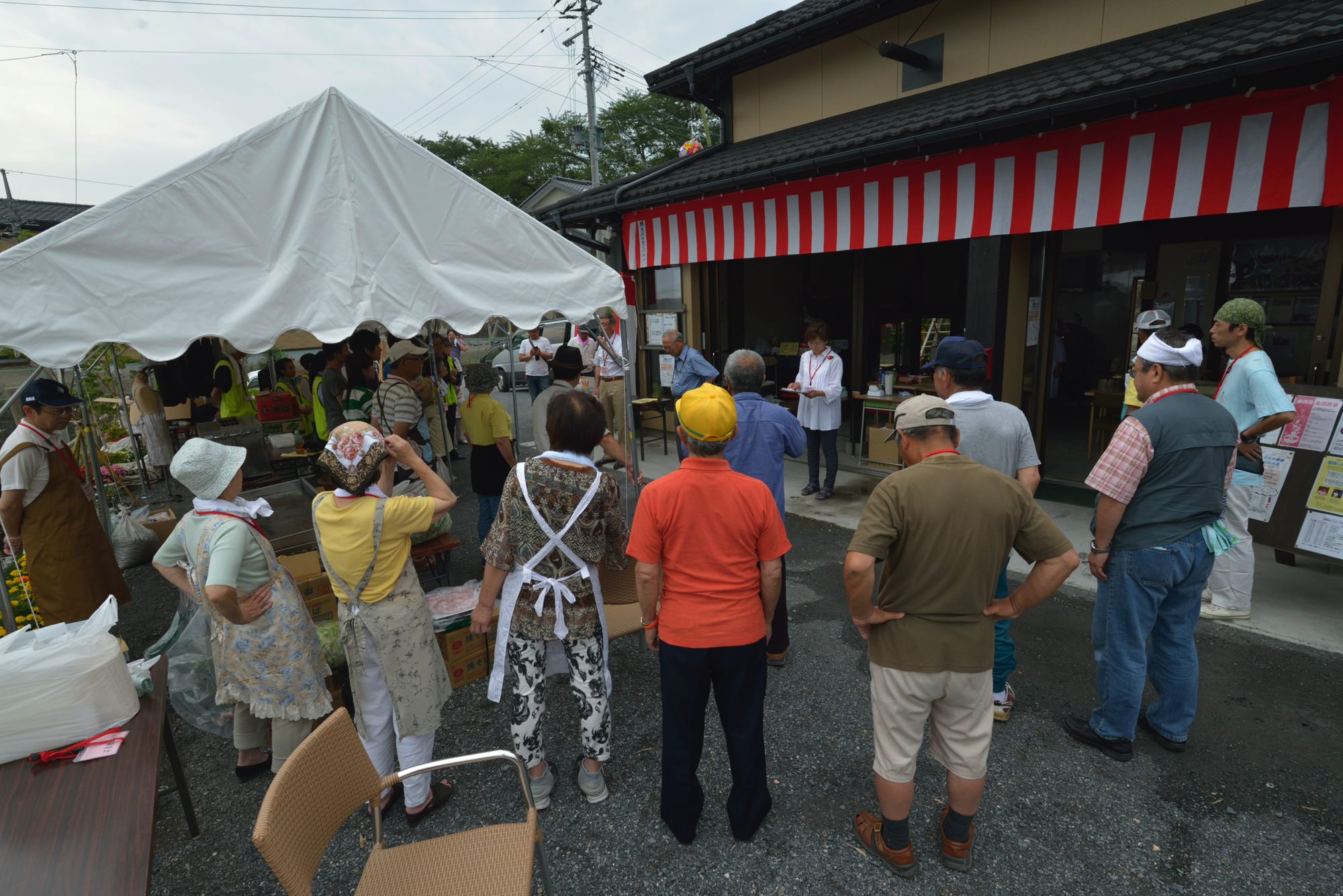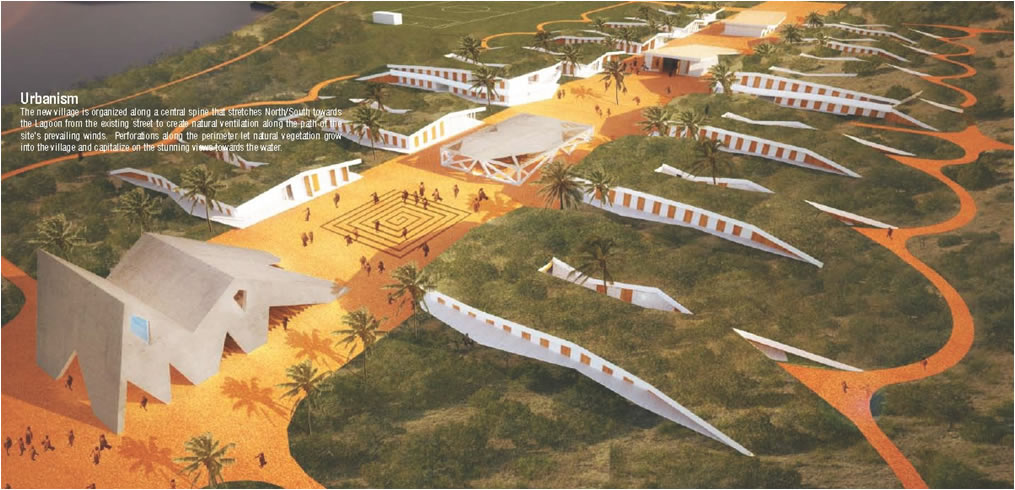I had a nice Japanese lunch with my friend in Singapore this weekend. She is a traffic engineer who helps organize transportation systems. Talking with her was quite an eye-opening experience, and so was the drive she took me on afterward through the city. She explained about the “street furniture” such as signal lights, benches, guard rails, road signs, crossing paths, and so on, pointing out that someone had to plan all the elements we see and usually take for granted in the streets we travel on. The planning is based on accumulated knowledge from research and extensive observation of traffic patterns, which are different in different cultures.
The process in designing transportation systems intrigued me, because the design is based on watching how people move through space rather than assigning space for them to perform various activities. It made me think of all the elderly people I have seen doing daily activities in their beds in hospitals and long-term care facilities. The people who set it up that way think it is for the good of the elders, making them safer by making them less likely to fall. And it’s true that people are less likely to fall if they don’t ever leave their beds, but is that really how we want to live our lives? As my friend said: “We plan transportation systems based on helping people move about effectively, but I bet the nursing homes and hospitals are designed with the assumption that elderly people don’t move around much.”
We should learn how to design physical long-term care environments the way traffic engineers design our outdoor environments: to make it easier for people to move around the way they want and need to.
I’m going to start paying more attention to how the street furniture is organized and how people are moving around when I go out in the street.





